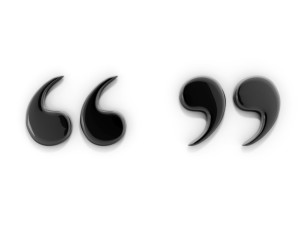People-to-People Blogging for Business

Skimming through my now-pretty-extensive collection of business books, I came across Hollywood producer Peter Guber’s book Tell to Win. Guber thinks storytelling is a professional discipline, and in the book he examines the way people use stories to do business.
As a professional blog content creator and trainer in corporate writing, I think that what Guber calls a “purposeful story” describes a perfect vehicle for blogging. Guber himself ties storytelling to salesmanship, saying that the goal of your story must be to show what’s in it for the listeners (readers, in the case of blogs) – the audience must win.
While marketing blogs should be designed to “win search” (from an SEO standpoint), once the searchers have arrived, what needs winning is their hearts, and that is precisely what content writers can achieve best through storytelling.
Tim Nudd of Adweek.com agrees. “The more compelling, clever, insightful or entertaining the stories are, the better your chance of engaging the viewer and delivering a memorable brand message,” he states.
So where do those compelling, insightful, and entertaining stories come from? Start with the business owners. Why did you choose to do what you do? What are you most passionate about in delivering your service to customers and clients? What are you trying to add to or change about your industry? Your customers have stories. What problems did they have that you helped solve? What funny things happened to them, to their kids, to their pets that relate to your product or service?
“It’s so simple, it’s embarrassing,” Peter Fuber says. “You, the storyteller, must first know what your own intention is and then be transparent about it to establish trust.” People shop for product, sure. But – and this is as true today as ever, Guber points out – people want to do business with people!

 How good an idea is it to use quotations in your business blog? Very good, once you allow for certain caveats. You can use a quote to:
How good an idea is it to use quotations in your business blog? Very good, once you allow for certain caveats. You can use a quote to:
 subscribers, followers, and leads, wouldn’t you do it every single time?” asks
subscribers, followers, and leads, wouldn’t you do it every single time?” asks  say, he presents a compelling lineup.
say, he presents a compelling lineup.
Follow us online!